Image: Chester, Nova Scotia
Sat 31 August 2024
Post 2 of 4
Montreal, Quebec, Prince Edward Island & Nova Scotia
A cyclone had just gone up the east coast of Canada so we spent our time in Montreal avoiding the wind and rain by hiding in churches, markets and museums. I was impressed by the Great Peace Treaty of 1701 which includes the autographs of representatives of 39 Indigenous nations as drawings of their totems – animals, people or symbols. Unfortunately the peace only lasted 16 years.
From Montreal we got the train north to Quebec City where the rain continued to hinder our tourist activities. We did brave the drizzle to see Montmorency Falls which were in overdrive given the amount of rain in the last few days. The further we went into Quebec, the less English was spoken, with many hospitality workers only speaking French (but a mangled imperfect French according to my expert sources).
We crossed the St Lawrence River to Levis to pick up the second RV of the trip – a 2016 Forest River Sunseeker – similar size and layout to the first, with more comfortable beds and better fuel efficiency but less practical things like hooks, pockets, baskets or containers to make life easier. We headed north-east to New Brunswick where we noticed quite a few differences between the provinces (states). For example, generally the highway speed limit was 120km/h with many drivers interpreting that as the minimum speed, however in Quebec the speed limit on the highways is “min 60km/h – max 120km/h” which meant people were driving any speed they felt like over 60km/h which made for very unpleasant driving.
We enjoyed our visit to Hopewell Rocks on the Bay of Fundy where the tides of up to 16 metres have slowly eroded +20 rock stacks to create some funky looking “flower pots”.
From Hopewell Rocks, we followed the tourist route out to the Northumberland Strait and around the top of the Bay of Fundy to Nova Scotia via Prince Edward Island. Locals were clearly province proud with flags and signage on display reflecting their heritage and allegiance. Less wealthy areas where the houses and yards needed care and maintenance were neighbouring coastal destinations full of flash holiday homes. Rarely did a block have more than a house on it – no fences, clotheslines, sheds, dog houses or verandahs in many cases. It was a good reminder how much it snows in these areas in winter and how much mowing people must do in their spare time!
We drove through potato country where McCain – the largest frozen potato manufacturer in the world – was founded and still farms. We also saw such delights as the world’s longest covered bridge (Hartland), the Giant Lobster (Shediac) and the world’s longest bridge over ice-covered water (Confederation Bridge) with a $50 toll to cross.
The Confederation Bridge connects Prince Edward Island, the home of Anne of Green Gables, to the rest of Canada. Almost every inch of the island appears to have been cleared for farming so there was very little vegetation and wildlife. The number of cemeteries was a solid indicator of how long whiteys – mostly Scottish and Welsh – had been occupying the island. To Australians the beaches in this part of Canada are uninspiring, but given Katherine hadn’t been by the ocean in a very long time, we went for a couple of swims in the Gulf of St Lawrence which was refreshing and pleasant enough. The sand was yellow, the ocean brownish and muddy underfoot and the beach bordered by red cliffs topped with lush green farmland.
I associate North America with yellow food – burgers, sandwiches, schnitzels, potatoes 58 ways and deep fried foods – so having the RV meant we could prepare and eat other coloured food. We did make exceptions for the lobster on Prince Edward Island, which we enjoyed immensely, and embraced the maple syrup on bacon.
Through Katherine’s farming connections we were invited to visit a farm in Nova Scotia where they grow strawberry varieties such as Ruby Jane, Camino Real and Chandler in trays which are then shipped to nurseries in south-eastern USA. Every year, the farm welcomes +160 temporary farm workers from Jamaica for harvesting season through a government agreement. Workers get paid into Jamaican bank accounts to ensure the money goes into Jamacia. Some workers had been coming to this farm every season for their working lives!
Just out of Halifax, on the east coast of Canada, we spent two nights at Mt Uniacke enjoying the fabulous hospitality of Tia and Tristan. Tia and I had been housemates in Istanbul, Turkey and had last seen each other 18 years ago! Tia was our entertaining tour guide for the Maritimes and our encyclopedia for all the random questions about Canada that we had collated. Our tour included lunch at Lunenburg – a UNESCO town established in 1753 – where we enjoyed the best big fat tasty scallops (pronounced skaul-ups) of the trip.
Across Canada I saw a lot of squirrels, some big horn sheep, deer, a woodpecker and roadkill. While in the RV, Katherine had instructed us to avoid skunks because their general stench consumes the vehicle and can last for days – yuck! We came across wild raspberries, blueberries and blackberries in our adventures which I thoroughly enjoyed tasting. And I felt a bit better about not having seen a moose when Tia said that she’d only ever seen one moose in the wild in her lifetime.
For those unfamiliar with the North American rail system, there is a law that every train must toot its horn 3 times in approaching a level crossing. There are about 23,000 level crossings in Canada with quite a few of them located within cooee of campgrounds, ensuring campers like us were fully aware of the incoming train, day and night. Annoying!
Our final days with Katherine involved a ferry from Digby across the Bay of Fundy to St.John and a long drive to Reviere-du-Loup, before returning the RV in Quebec City. The weather was bright and sunny on our return to the province capital so we were able to enjoy the sights of the city centre including the old quarter and river front.
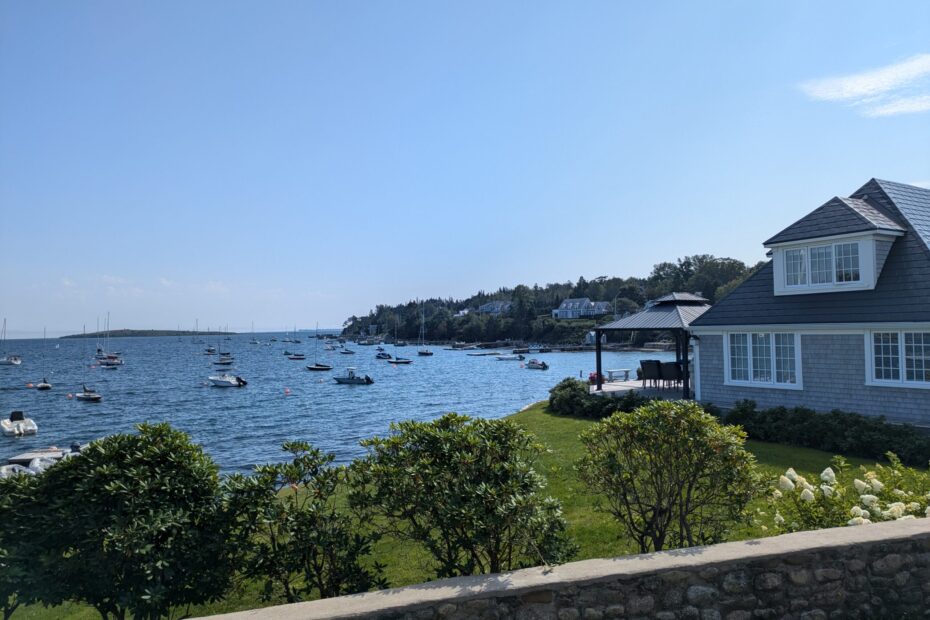
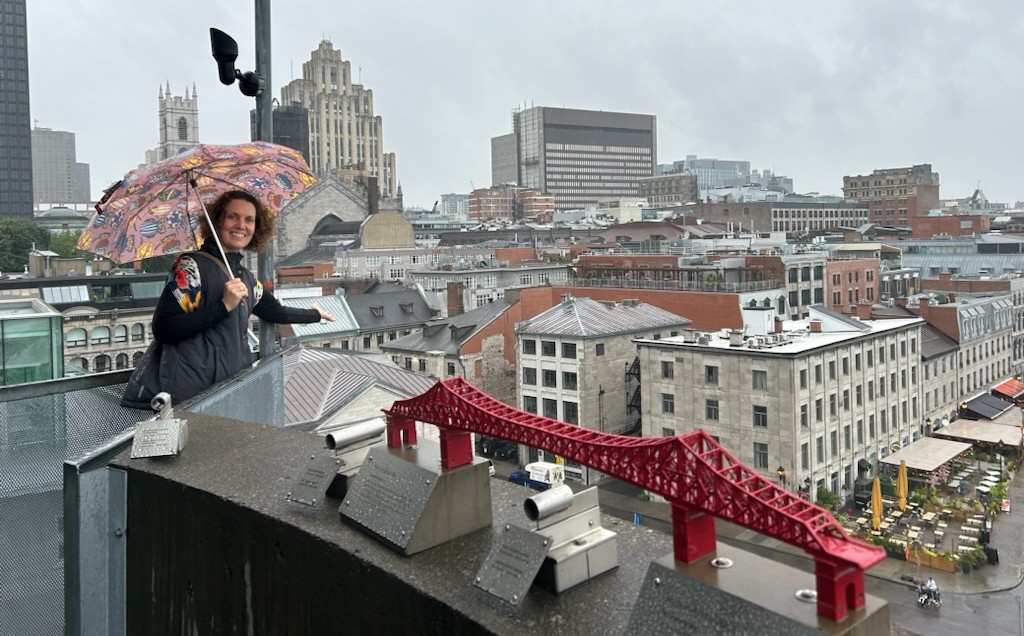
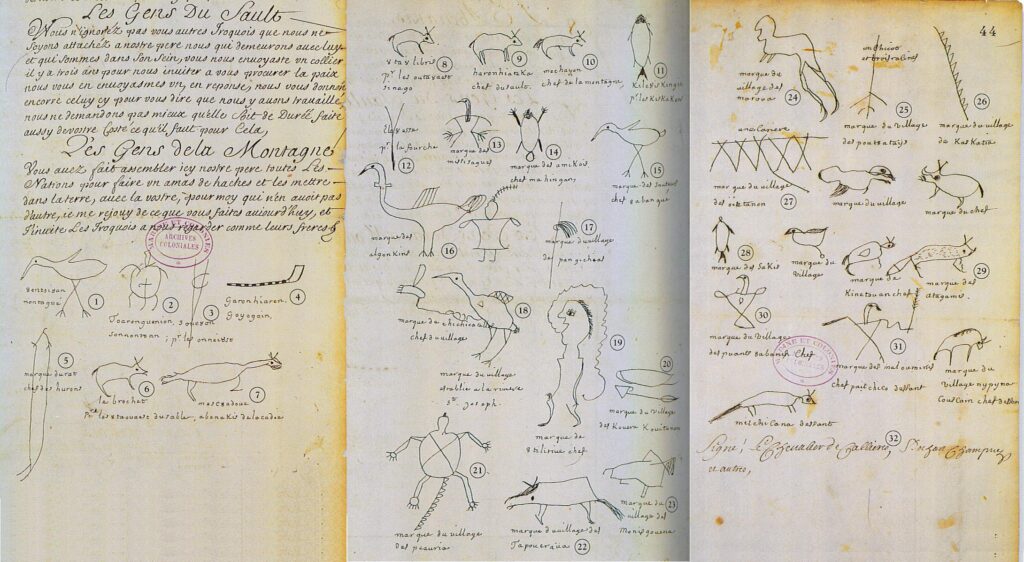
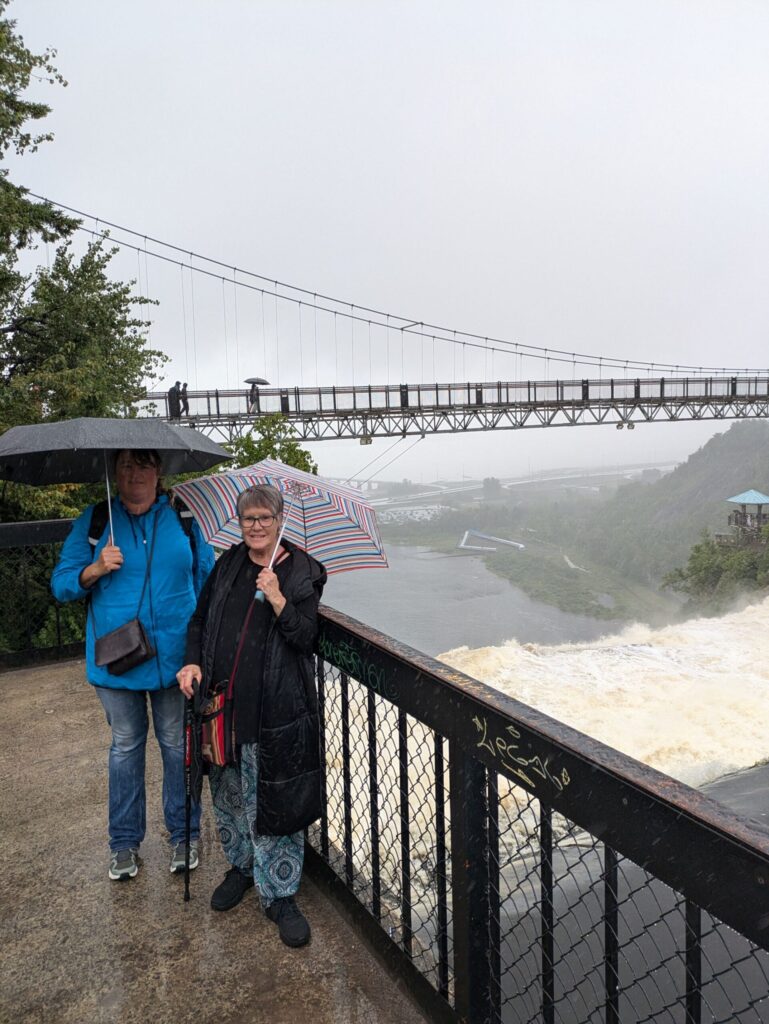
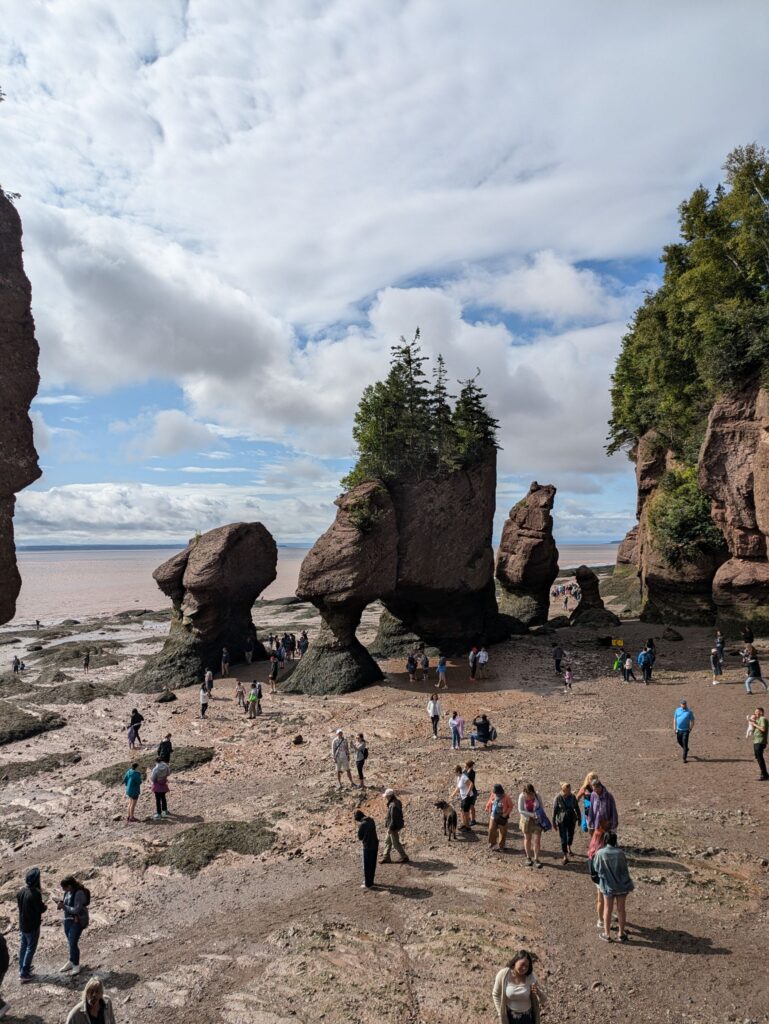
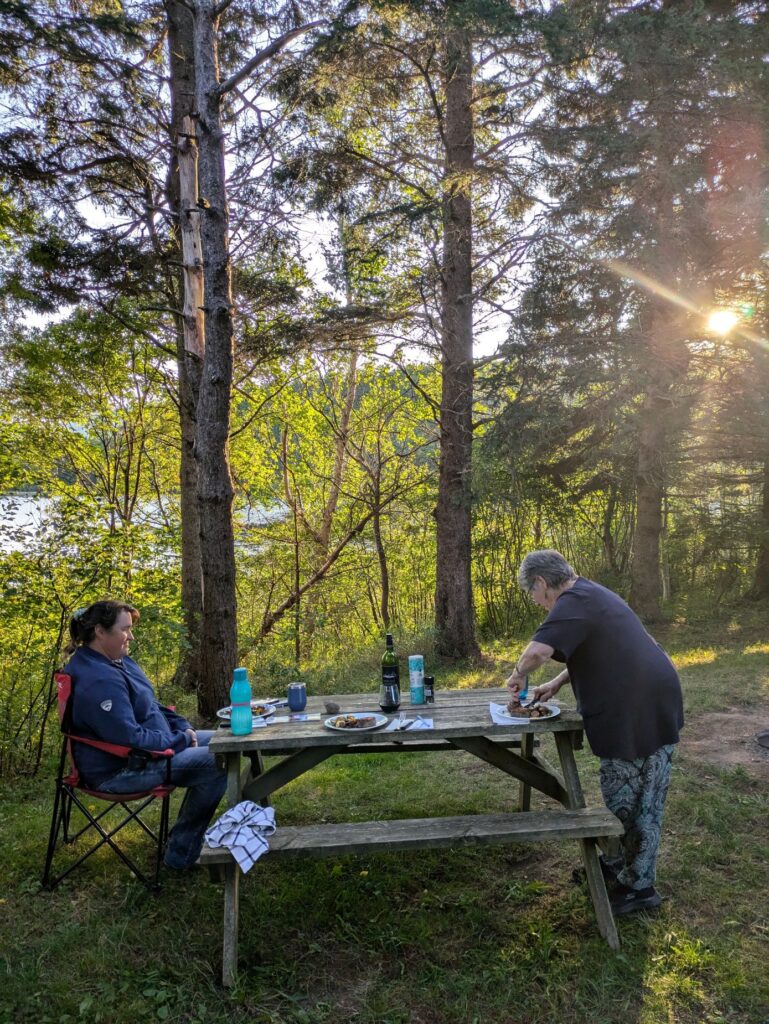
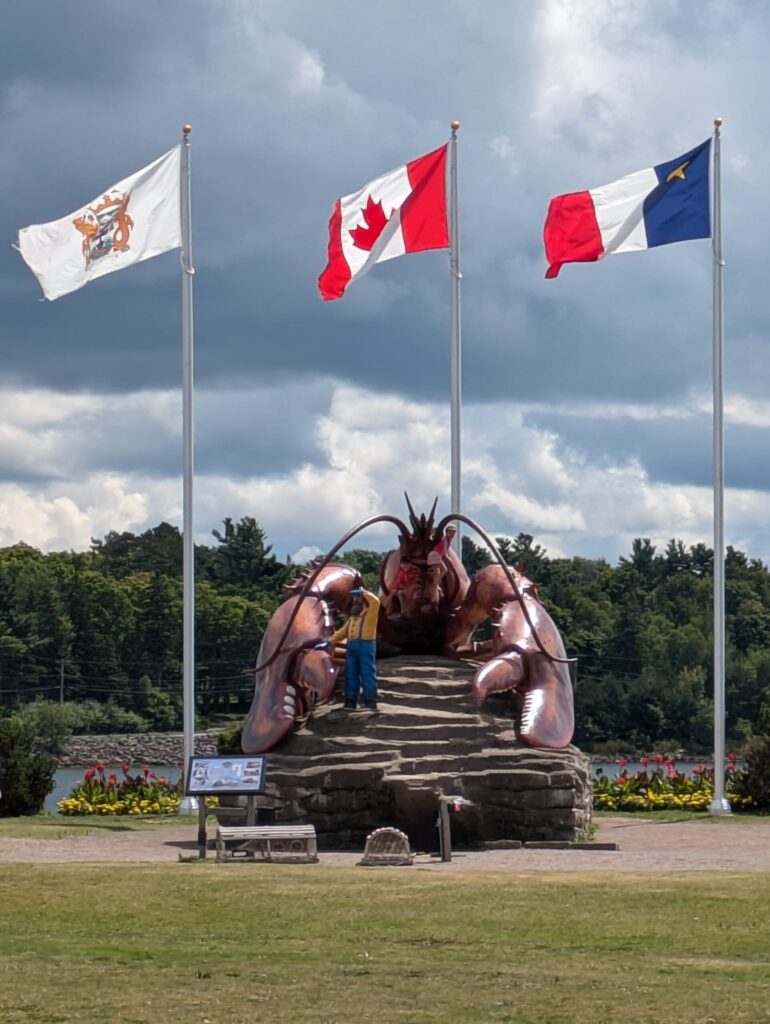

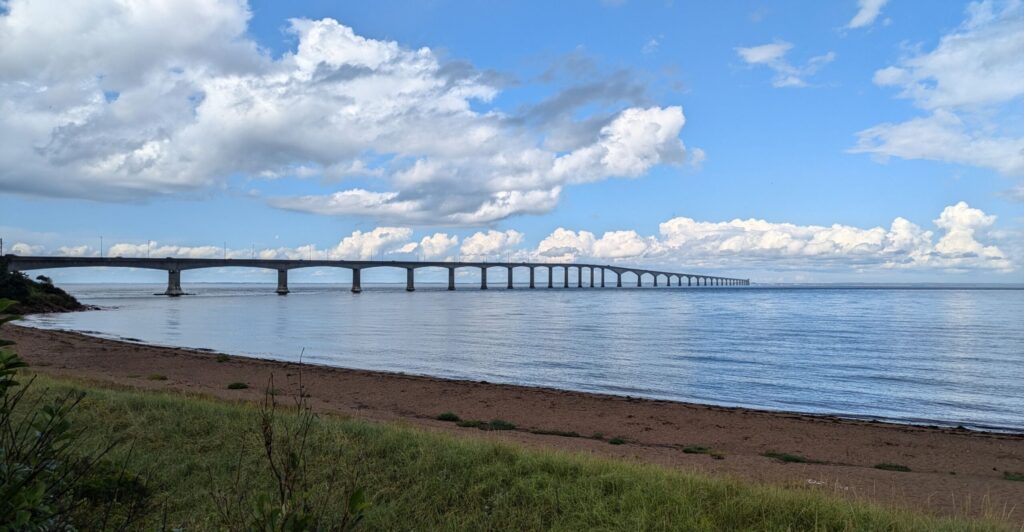

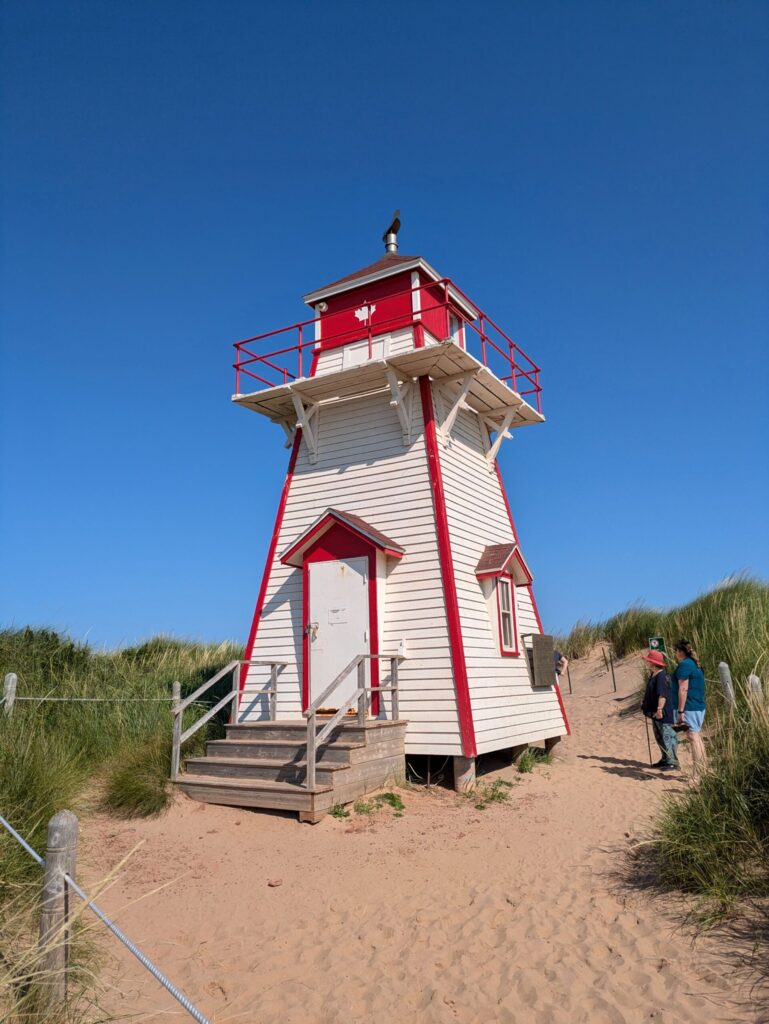
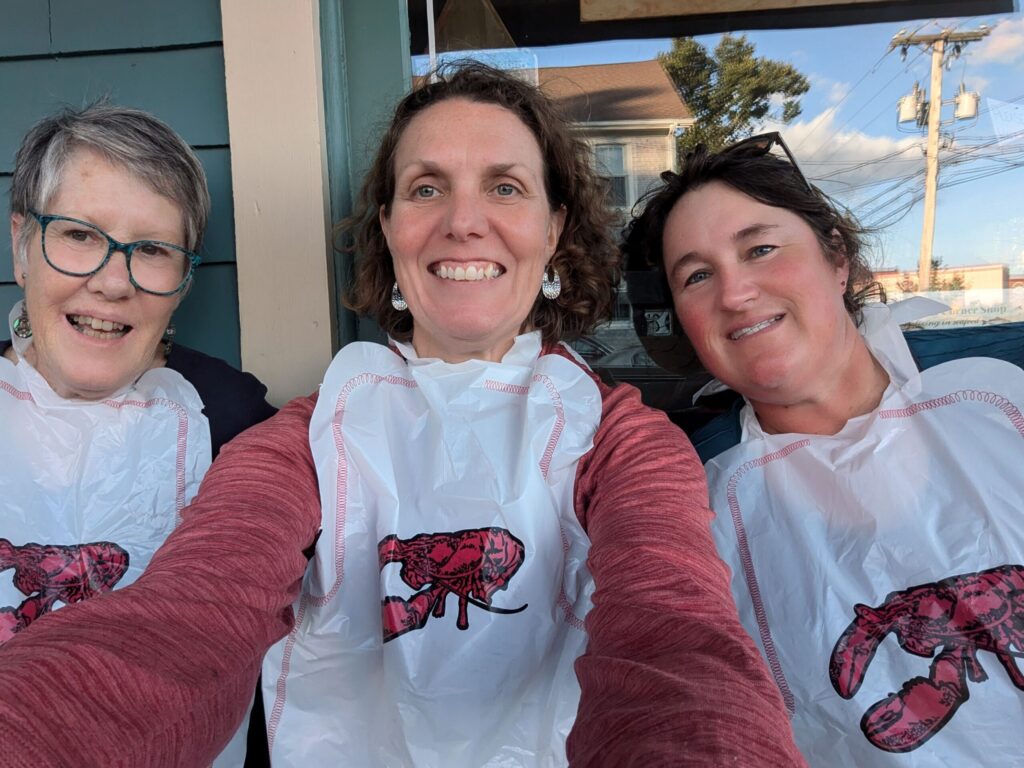
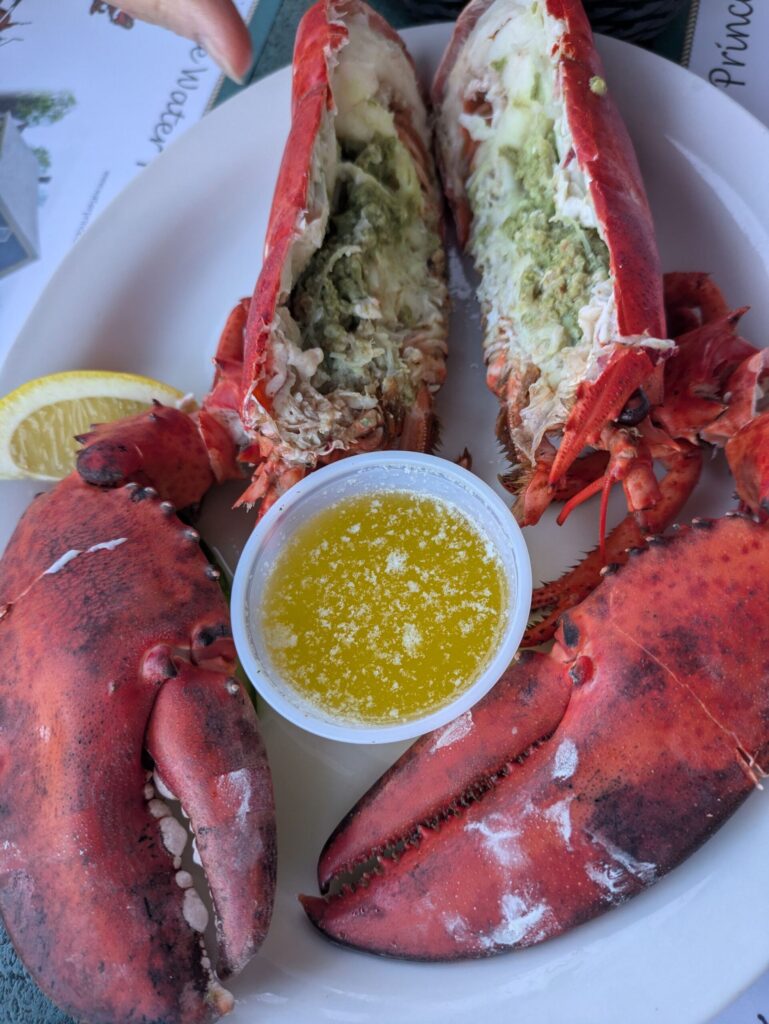
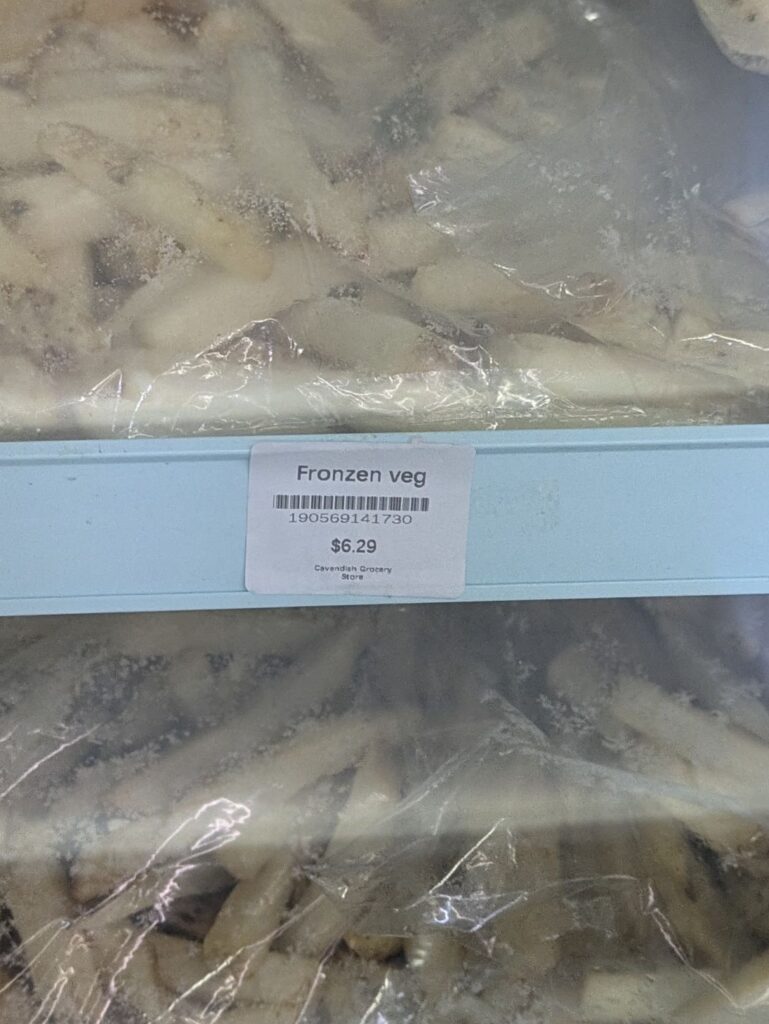

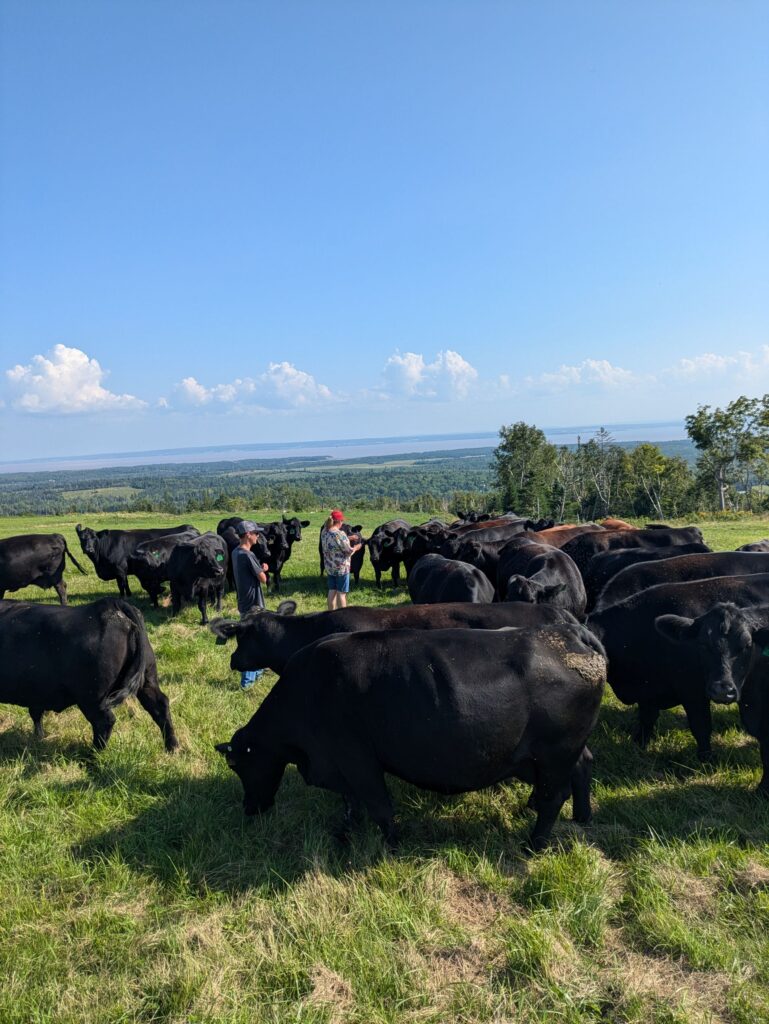
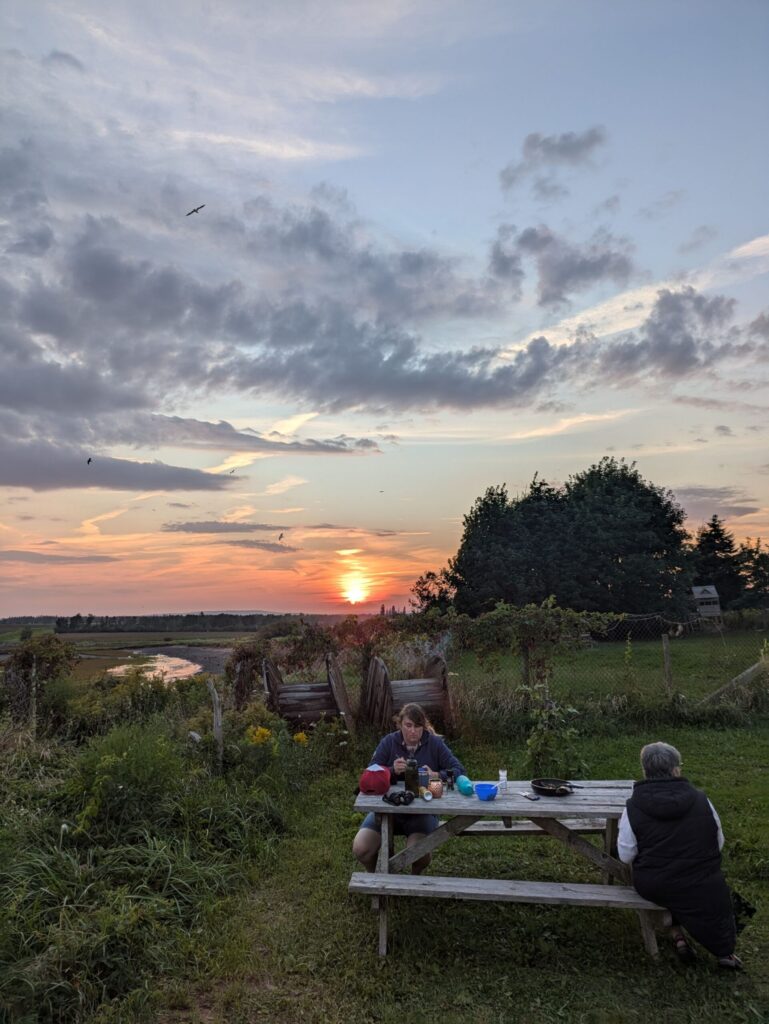
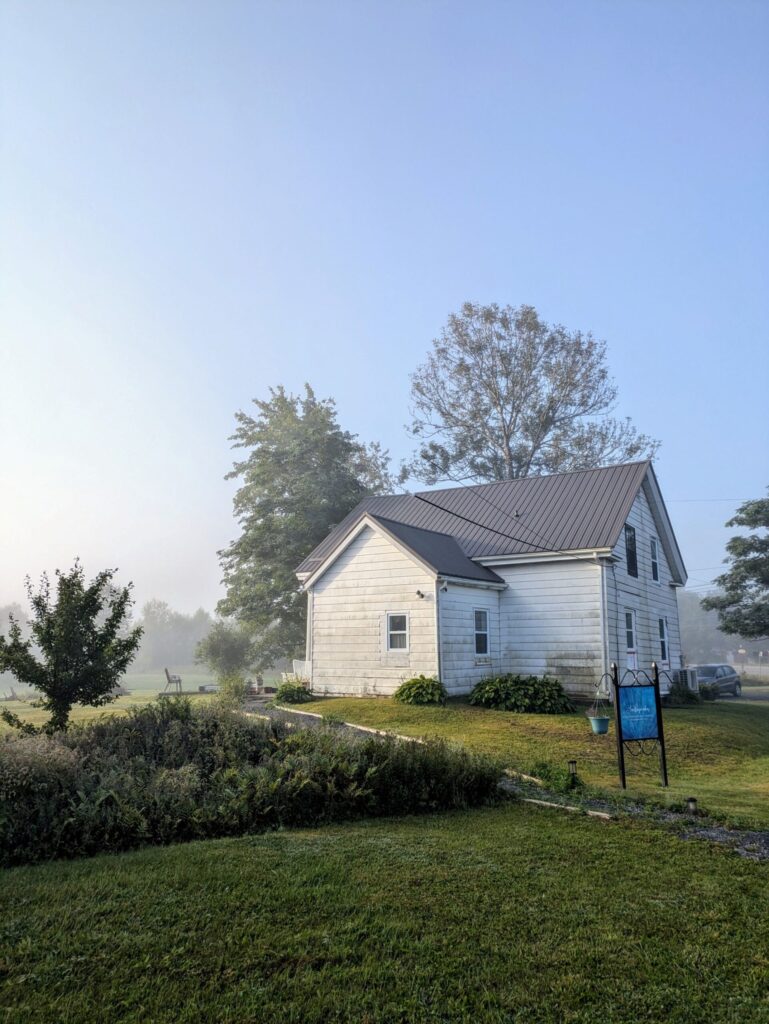
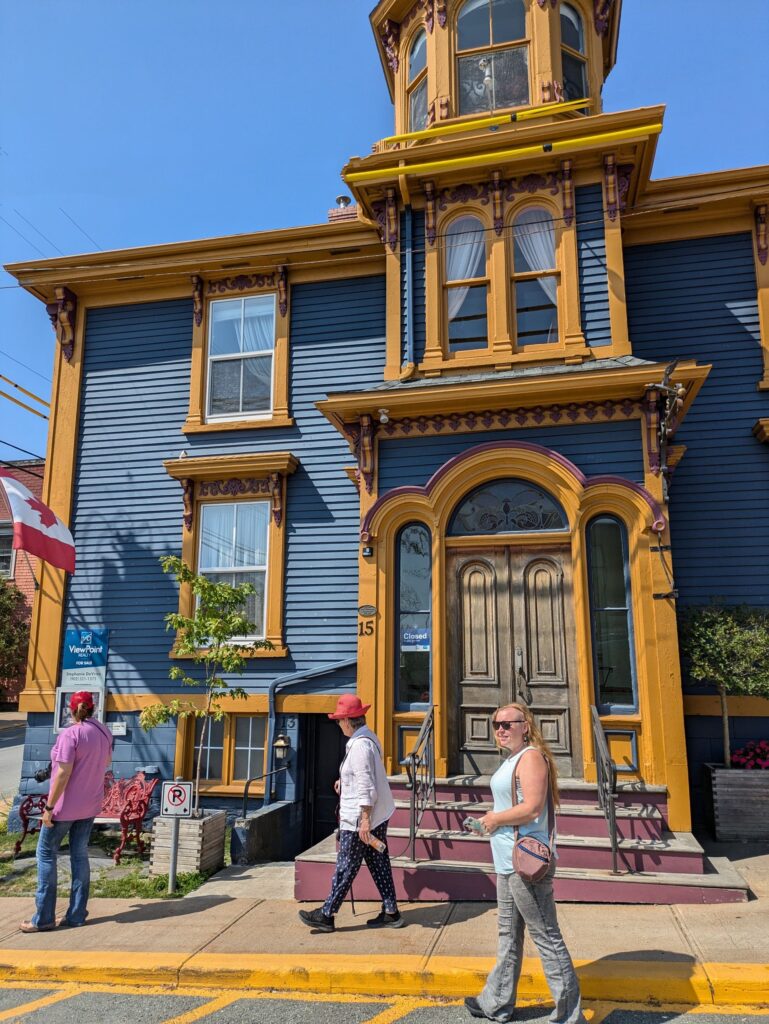
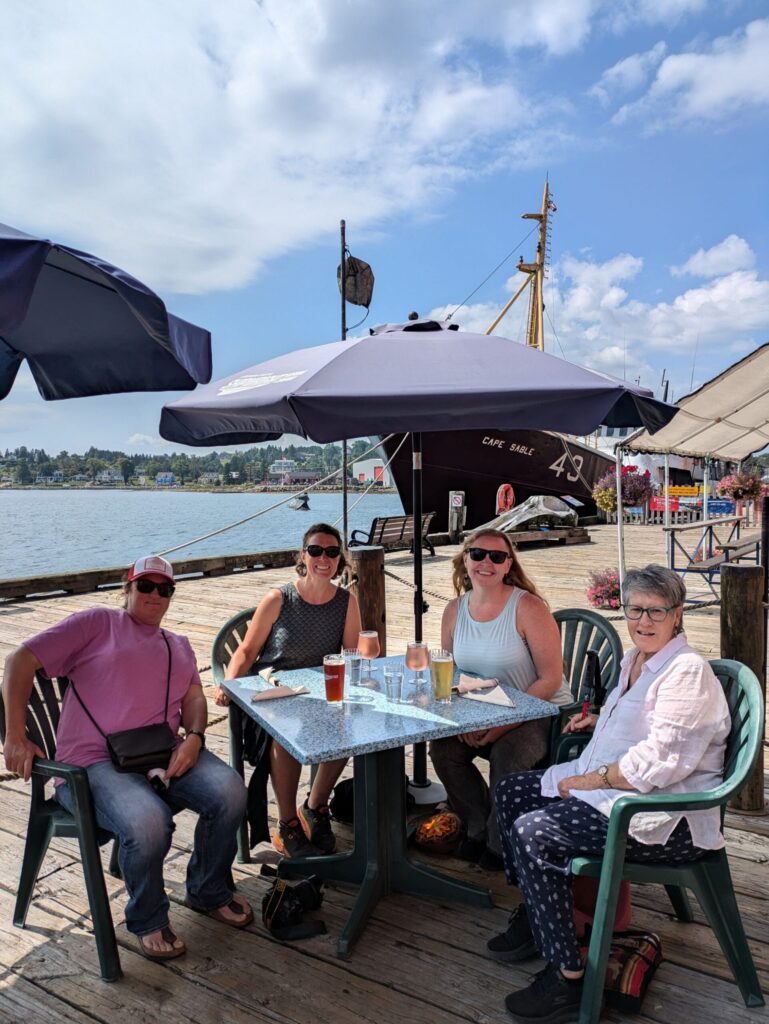
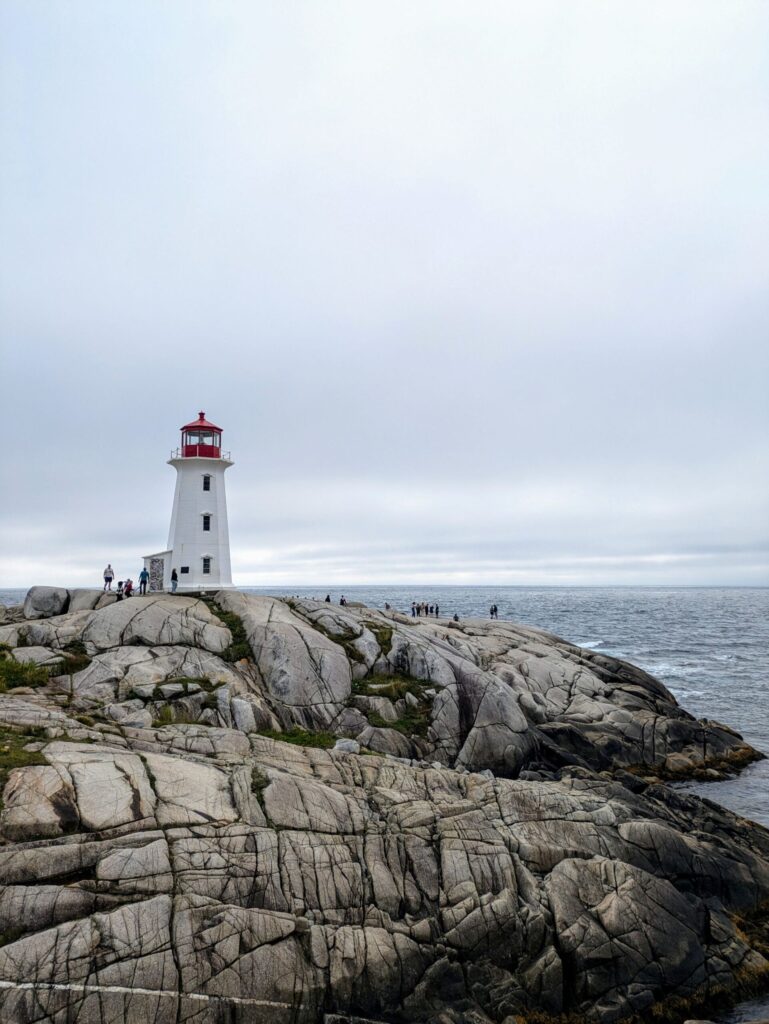
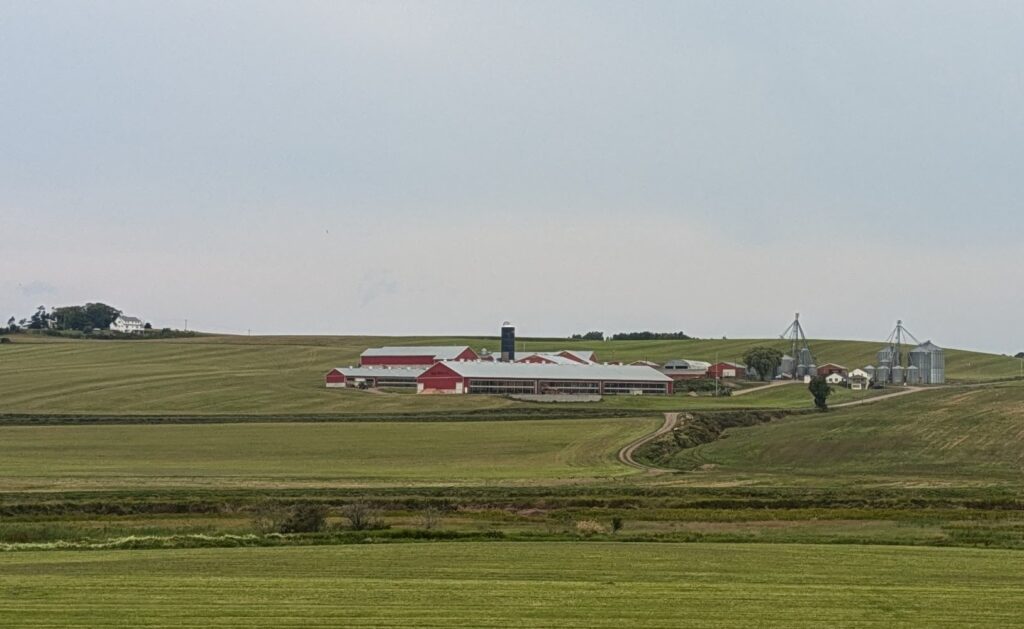
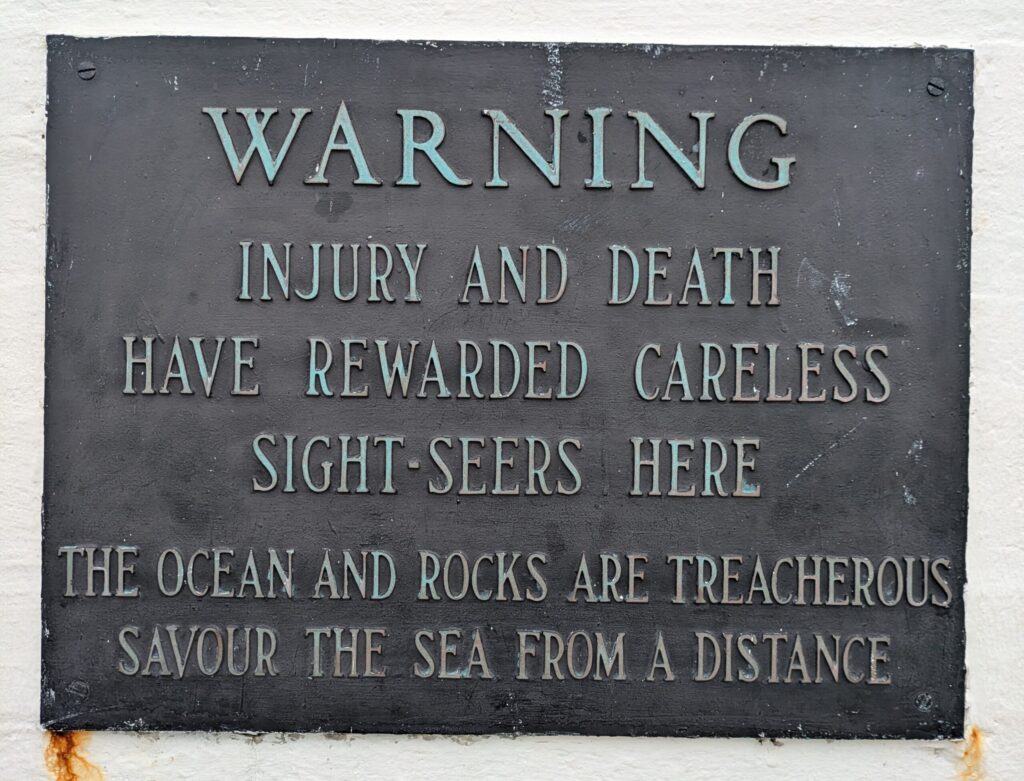
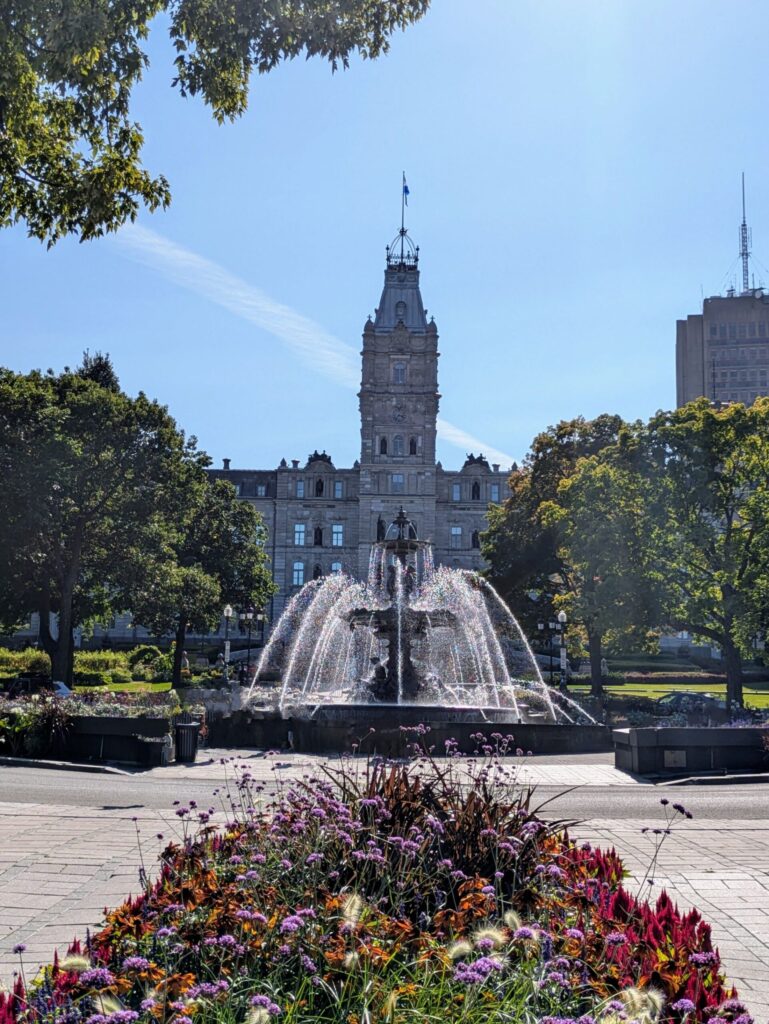
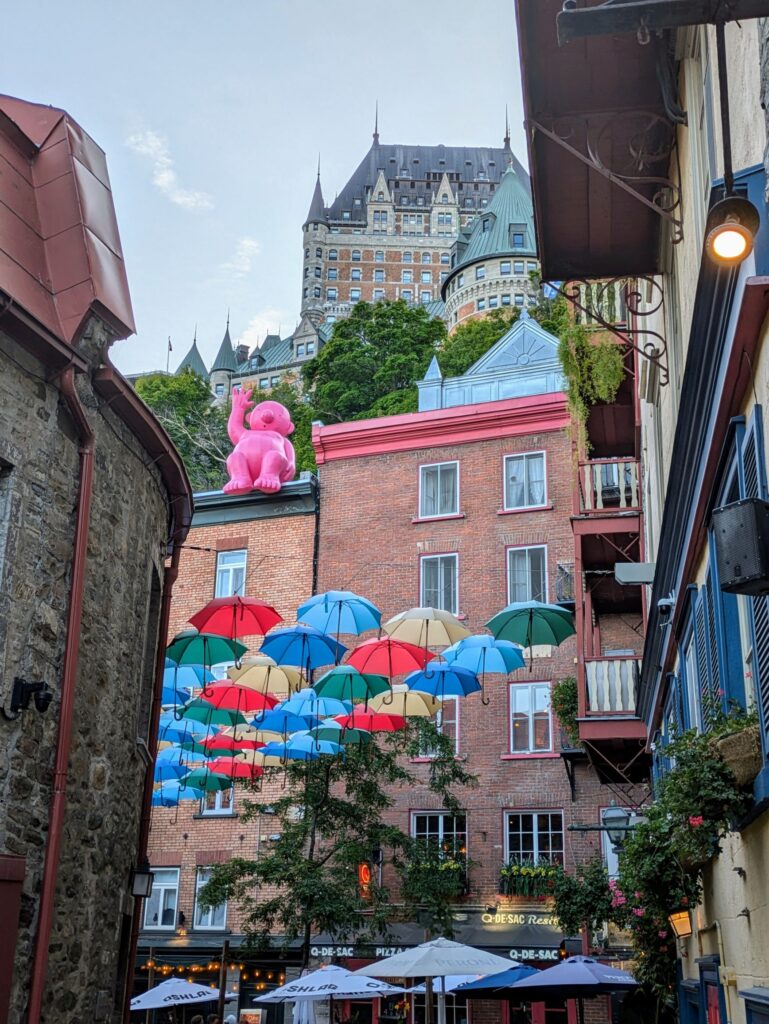
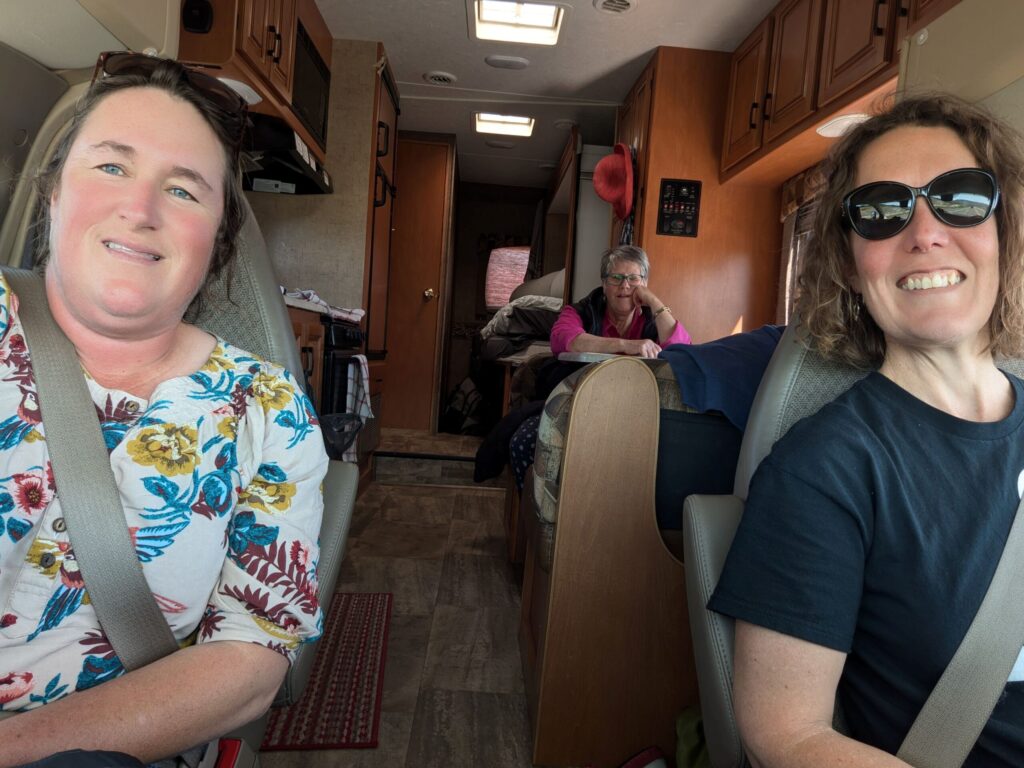
I like warning sign. The example how creativity can be found at the most unusual places